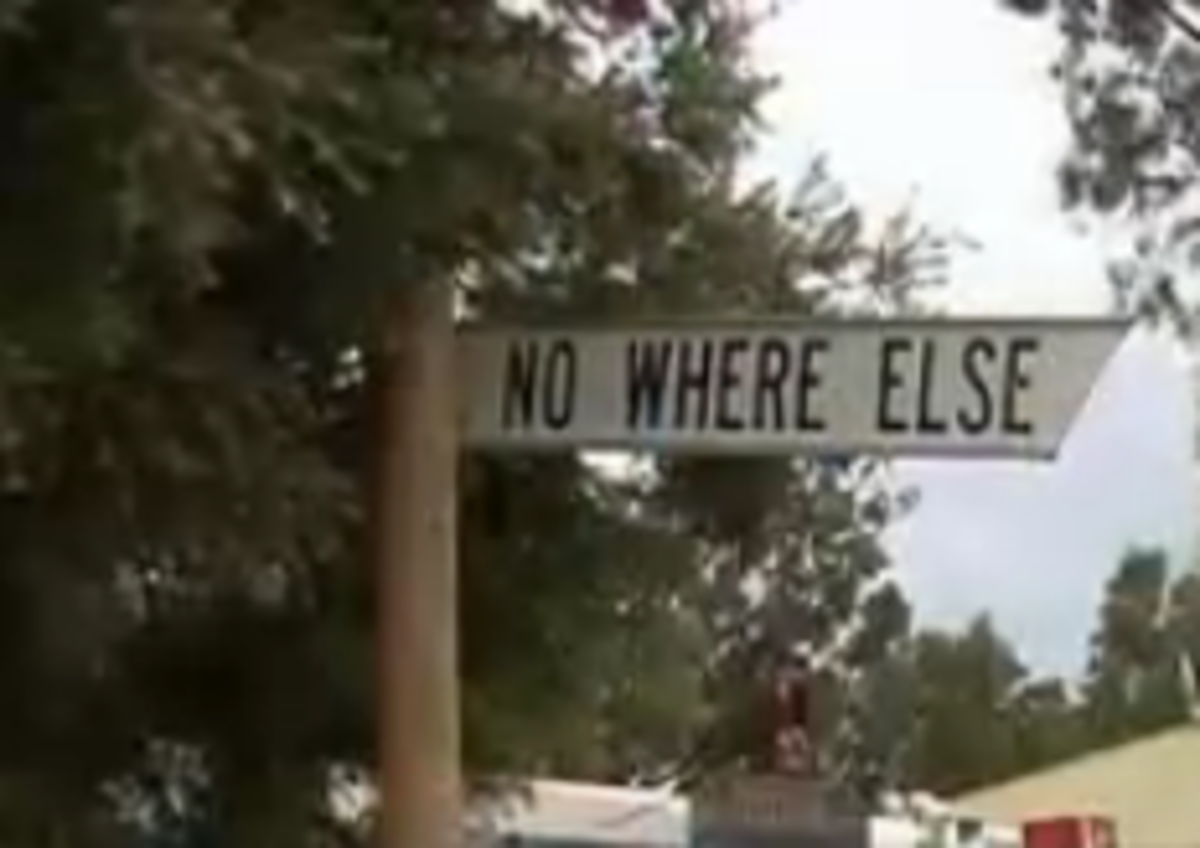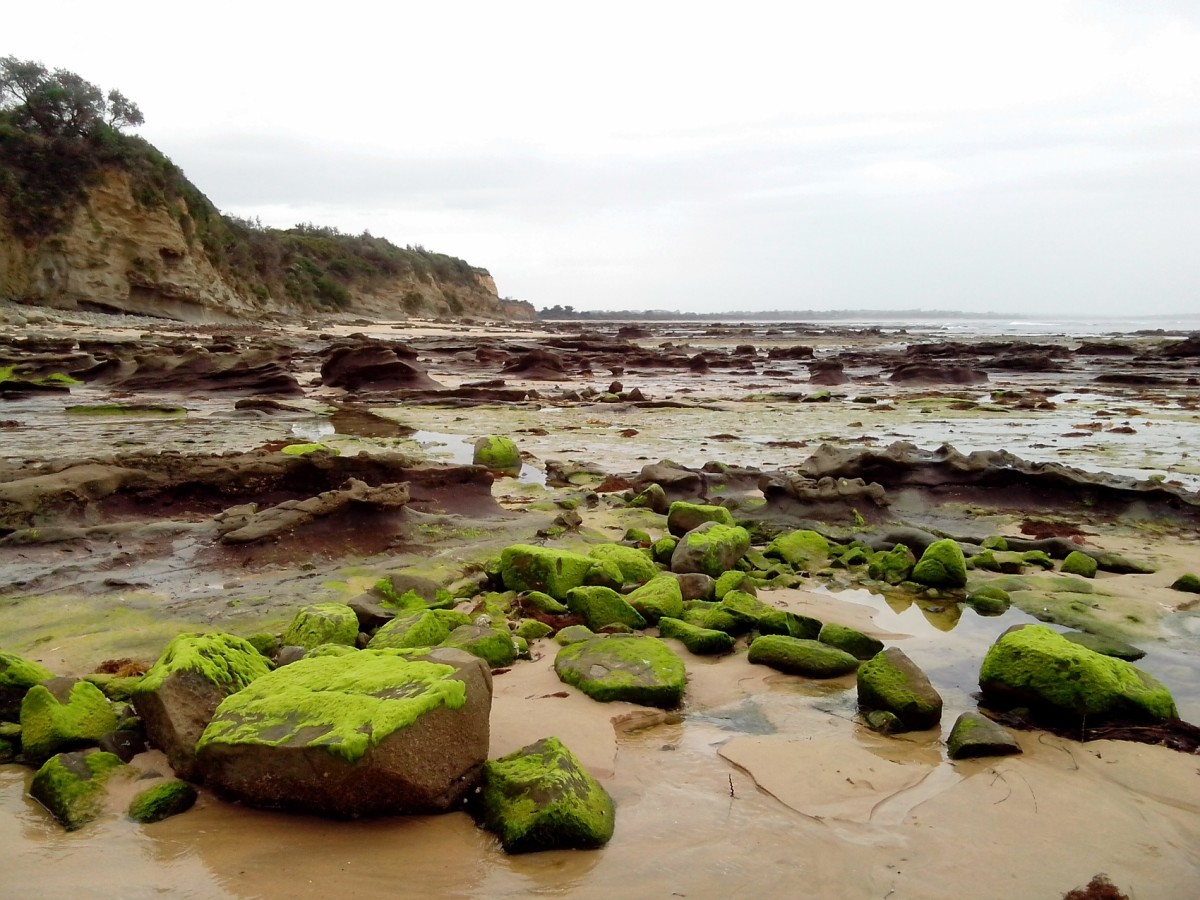- HubPages»
- Travel and Places»
- Visiting Australia & Oceania»
- Australasia
Living in the Australian bush. Logging in Australia
My time living in the bush.
I was nearly three years old when we moved to "the bush" from Melbourne, a large Capitol City of 4 million on Australia's south Eastern coast.
Dad had just come back from World War 2 where he had been a "chocolate soldier" or "choco" as the diggers were fond of calling volunteers.(Career soldiers mostly from WW1 were called diggers,) I guess because they were good at digging in or making trenches.
In the army heavy transport division he was able to work on large trucks, tanks, Bren gun carriers etc. He also become an instrument technician in the army. He used both new skills to open an earth-moving business and a small watchmaking business on the side. The watchmaking was to remain his solace until he died at 77.
The earth-moving business consisted of a second-hand Caterpillar bulldozer, a huge Austin low-loader to carry it on and large premises in Type St. Richmond, an inner city suburb.
Business was good, so he bought an even bigger Mack truck left behind by the America's who had come over to help us fend of the Japanese air force that almost wiped out Darwin our Northern most city with one air attack.The Mack was a big American interstate highway rig, and was a big truck in Australia just after the war.
Living in the bush.
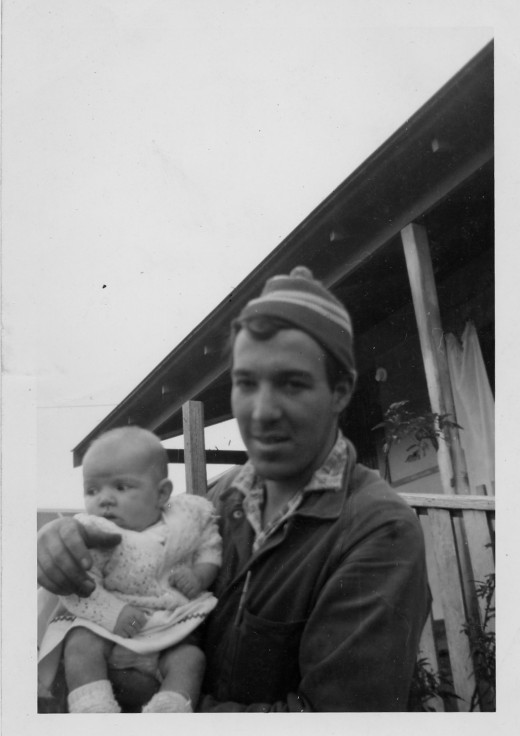
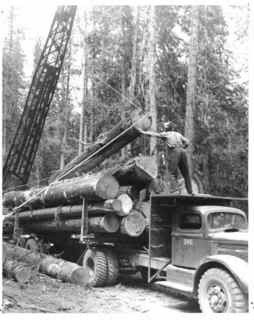
The big American Mack had a really strong motor, with engine features only found at the top of the engine market such as sodium filled valve stems and other new innovations that made it faster and better than what we were used to here, and although there were a few large English trucks here such as giant 20 tonne Thornycrofts, they were mainly used to haul pulp wood as they were too cumbersome in the logging tracks.
A few years later a lot of smaller Mack, Diamond T Hercules, REO, Dodge and Internationals started to be imported. Many of these were used as log trucks, slowly replacing the smaller Fords, Bedfords, Austins and Morris that were only made to carry 3 to 5 ton.
I can tell some stories about trucks like these crawling out of the bush carrying 13 ton of wet logs in low-low gear, their motors screaming while raring their front wheels off the road.
You could hear log trucks coming out the steep bush logging roads from miles away.The poor old side valve six and V8 motors could be identified by their engines screaming their head off at maximum revs, the sound of the motor changing note as it wound up the rubber side walls of the tyres, twisted the axles and tail-shaft then returned the energy to the road. Needless to say, they used to break a lot, and needed engine rebuilds at least monthly if working the deep bush tracks.
The logging area in places was so steep and rugged that a huge winch sat on the outside corner of one major road where the timber was massive but the terrain too steep to use a dozer to snig or pull logs out.
Log truck
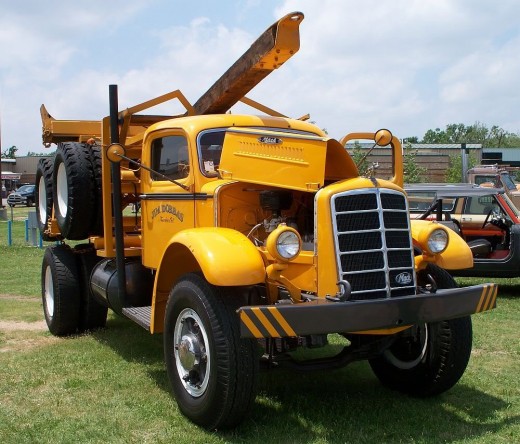
The Mack gave dad the edge. With a true heavy haulage truck that was rare and not an adaptation, business got even better when people got back to work after the war building houses for returned soldiers, sinking dams for farms and moving big equipment for other contractors.
I cannot remember the ride I had in the Austin low-loader when dad drove me to the Royal Children's Hospital after I had pulled a full pot of boiling tea off the table with the tablecloth and got badly burnt.
I recovered ok, I don't know how the hospital staff recovered from having a huge low-loader complete with a big Caterpillar bulldozer on the back race in to the emergency department!
No problem for dad. He just backed it all the way out on to the street as soon as I was inside.
Then a few week later the life we were to have changed in a second.
Dad got blown to pieces by a stick of gelignite and some detonators he was carrying. He survived mainly because a gutsy woman stranger had tied her stockings around his arm and leg where arteries were emptying him like a faucet.
He was taken to a Melbourne hospital where they started rebuilding him. It took eighteen months.
While he was recovering he had lost his business.
No insurance in those days, no work-cover or other income to feed the five of us.(mom dad us twins and my older sister.)
We would not survive and prosper in the city as intended before dad's accident. so dad took us to the bush.
The housing shortage had helped to drive the logging boom in Gippsland in the nineteen fifties, so we moved to Gippsland and dad started logging.
My father borrowed two draft horses, got logging rights to a forest area, found a market for his smaller logs as light poles for the S.E.C (State Electricity Commission) and started making money again.
He made enough from royalties to buy a single cylinder Fowler Marshal Bulldozer to haul the light poles. It had a good winch and was reliable if somewhat unconventional.
Logging then was a dangerous business to be in. Many were killed, crushed by logs, or in bulldozer and truck roll-overs, killed by "sailors" (huge limbs that can suddenly break off 20 meters from the ground and "sail" quietly down on you. Deadly and silent killers.
You must know what type of tree you are under and with some trees you always keep your eyes up. Everything you do until you are out from under that tree is seen in peripheral vision only.
On hot still days it is common for some trees to just quietly drop a huge limb.
When logging, dad was always mindful of the trees and seldom put a scratch on a sapling that was second growth, meaning new trees that regrow after a fire or logging. He had a list of reasons which I learnt from him and partly from experience.
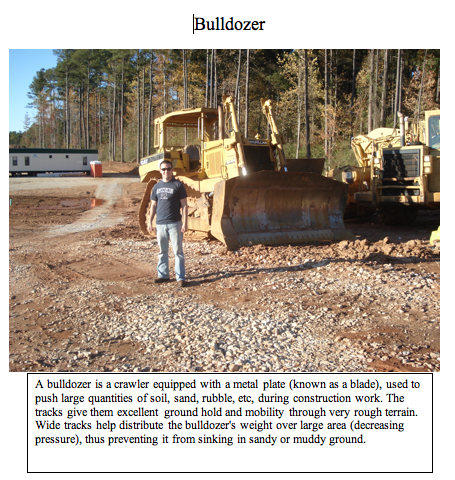
Reasons not to bump a tree with a bulldozer.
- If any part of the dozer hits a tree it will scar it, which may impede it's normal growth.
- As the blade, winch and tracks are the most likely to make contact, do not swing the dozer around trees, ease the hydraulic steering don't pull in jerks as some do.
- If you bump a big tree, a sailor may get disturbed, it can weigh up to several tons and if it falls on you death is a likely outcome.
- You may disturb somebody's home for no good reason, and they may sting you, bite you, piss on you etc. depending on species. A big gum tree can be home to thousands.
- It demonstrates clearly that the dozer operator is a loser.
I soon learnt to feather the controls when turning the dozer so as not to turn too far and wound a tree. Keeping the dozer blade away from all the trees that were un-marked for felling and left for regrowth, or because they were old Forrest unharmed by fire.
In those times the Forestry Commission as it was then called, would give you an allotment of trees you could fell, and you would go though the bush and mark the ones you would fell for timber.
By six years of age I could do a lot of adult jobs including handle the dozer on the landing.
A bulldozer requires less strength to operate than a car or truck.
Everything is hydraulic, so lifting up a huge blade or operating the winch, even turning the dozer can all be done by a child. I loved it. All the Caterpillar bulldozers had wonderful responsive hydraulic controls and were the best to operate of all the bulldozers.
All operations are accomplished by moving one or two of many little levers that open and closed valves, or by standing on pedals.
I never got badly hurt in the bush, and I was taught to just forget about small wounds, or put some young bracken-fern juice on it if it was a wasp or bee sting that really hurt. Spider bites were ignored, along with other small daily bonuses like mosquitoes.
I will admit it may have seemed that life was a bit harsh at times, but you live how you have to. We all do. Now that I have travelled and seen a bit of the world, it does not seem a big deal by comparison to how the rest of the world gets along.
A small bulldozer
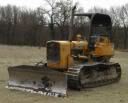
Koala bear.

Australian bush and outback
The Australian bush and the Australian outback are two entirely different environments that have little in common. When I refer to the bush it is the high country with native forests I'm talking about.
Australians have always called the outback the bush as a catch all phrase to mean a long way from the big city.
The outback has large salt lakes and hundreds of miles/kilometers of sand with soaring heat and wild camels,. Place names like Uluru (formerly Ayers rock,) Alice Springs, Mount Isa, that's the outback.
Uranium mines, copper mines,silver mines, Gold mines, Iron ore mines with massive distances between many of them.
When Australians refer to the bush it can mean the outback or the thickly forested timber country in the states of Tasmania, Victoria and New South Wales with cold winters and hot summers and extreme in it's own way with huge bush fires threatening every summer.
It can also mean the sub-equatorial forests in parts of Queensland, the forests of South Australia or even Western Australia.

